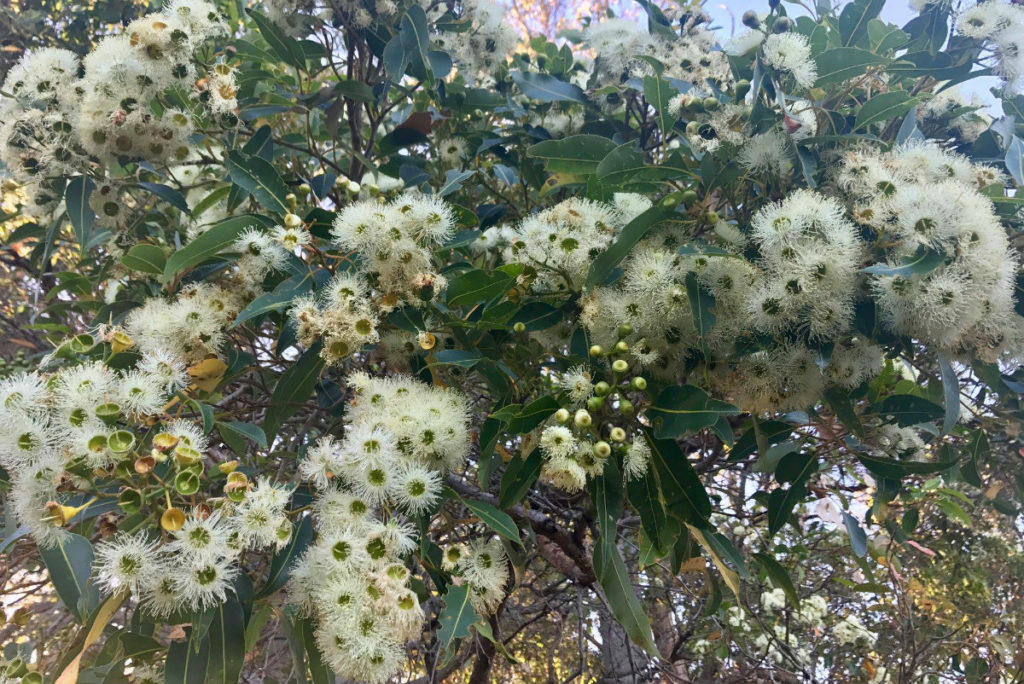
Innovation – Harnessing the wisdom of the indigenous seasons
We’re exploring the idea of developing a “Ripening Prediction Index” based on the principles and traditions of local indigenous calendar. You probably know that the local aboriginal people break the year up into six seasons instead of four. The seasons are fluid. They have no fixed start or finishing dates.
In the western world we commandeered the ever-changing and unpredictable seasons and attached them to the fixed precision of an astrological calendar. By contrast, without a written tradition, the aboriginal people did not fall into the trap of aligning the ever-changing timing of the seasons to the fixed and inflexible construct of an astrological calendar as Pope Gregory did when he introduced the Gregorian calendar that we use today.
For the aboriginal people the starting date of each season has always been determined by mother nature and each season begins only when certain observable things happen within the native flora and fauna. As we have looked at this more closely we’ve come to question the wisdom of Australia’s adoption of a four seasons model based on a fixed celestial calendar arbitrarily introduced by a Catholic Pope in 1582 for use in the northern hemisphere.
In the aboriginal calendar the grape ripening period of February and March is called Bunuru, also known as “second summer” and “time of white flowers.” Bunuru starts when the Marri Blossom begins. This year the grape harvest was very late, nearly six weeks late, and we noticed that the Marri blossom was also late and in almost the same measure.
It may be that over time we may able to more accurately forecast the anticipated time of our grapes’ ripening by monitoring how many days transpire between the start of the Marri blossom (Bunuru) and the ripening of the grapes. We have a hunch that we may be able to establish a reasonably reliable “Ripening prediction index” by calibrating this time gap over coming years.
We think we can use the rich traditions and the wisdom of the indigenous people of the region to help us understand the signs that mother nature gives us each year. From one tree (the Marri tree) we can determine when the second summer has started. We can determine whether our grape harvest will be early or late, and we can ascertain early on in the season whether we are going to have a bird problem or not. And we may also determine whether we are going to have a wet or dry winter.
We have started to establish an experimental “Ripening prediction index” with this year’s Cabernet and we will formally record the time gap between the start of Bunuru (first Marri flowering) and the Cabernet harvest each year hereafter. We’ll record this new index as “Days from Bunuru to harvest” on the information page of each wine each year together with other important information from next year on.
